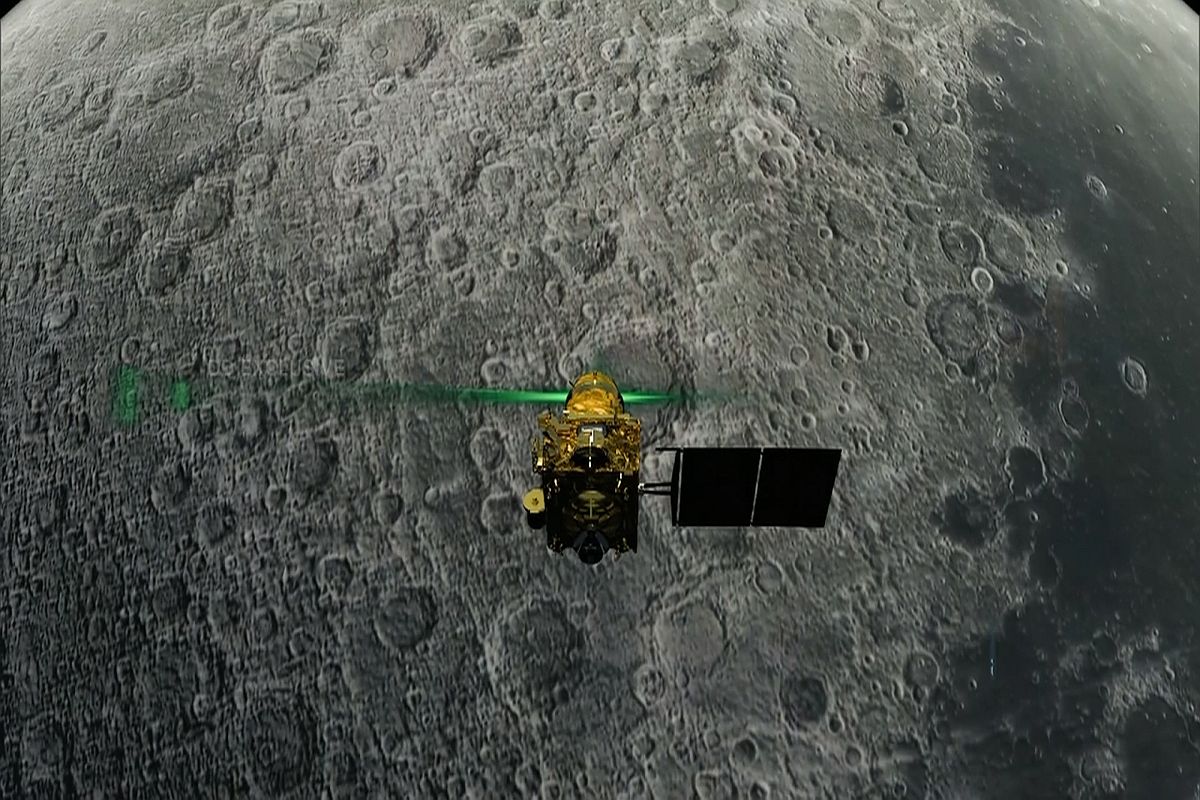The Chandrayaan 3’s rover Pragyaan Tuesday sent its second observation confirming the presence of Sulphur on the lunar surface near the south pole region of the Moon. In an official release, the Indian Space Research Organisation (ISRO) said that the Laser-Induced Breakdown Spectroscopy (LIBS) instrument onboard Chandrayaan-3’s rover Pragyan also revealed the presence of Aluminum (Al), Calcium (Ca), Iron (Fe), Chromium (Cr), and Titanium (Ti) on the Moon.
In the first-ever in-situ measurements on the elemental composition of the lunar surface near the south pole region, the LIBS instrument also found traces of manganese (Mn), silicon (Si), and oxygen (O) while the search for Hydrogen was being conducted.
What is the significance of Sulphur’s presence on the Moon?
In 2008, Chandrayaan 1 confirmed the presence of water ice on the Moon’s surface. Now Chandrayaan 3 has confirmed the presence of Sulphur, which could actually be an indication that there is water ice on the lunar surface. Sulphur (s) is a volatile element that easily vaporizes and escapes from the atmosphere.
Pragyan rover has found Sulphur on the Moon’s surface so it must have been released from volcanoes relatively recently. There are chances that this Sulfur could be trapped in water ice. It is probable that the water ice present near the south pole region was exposed to lunar radiation due to which it broke down and released Sulphur.
While more research would be needed to confirm this, the connection between Sulphur and water ice on the Moon will be an important area of study.
Also, Sulphur is considered a decent absorber of contaminants and it could be used to protect the Moon’s water ice from contamination by other harmful materials. It is believed that the water ice is covered by the lunar regolith, a loose material that covers the lunar surface. And Sulphur can be used to absorb water vapour and extract water ice from the regolith.











